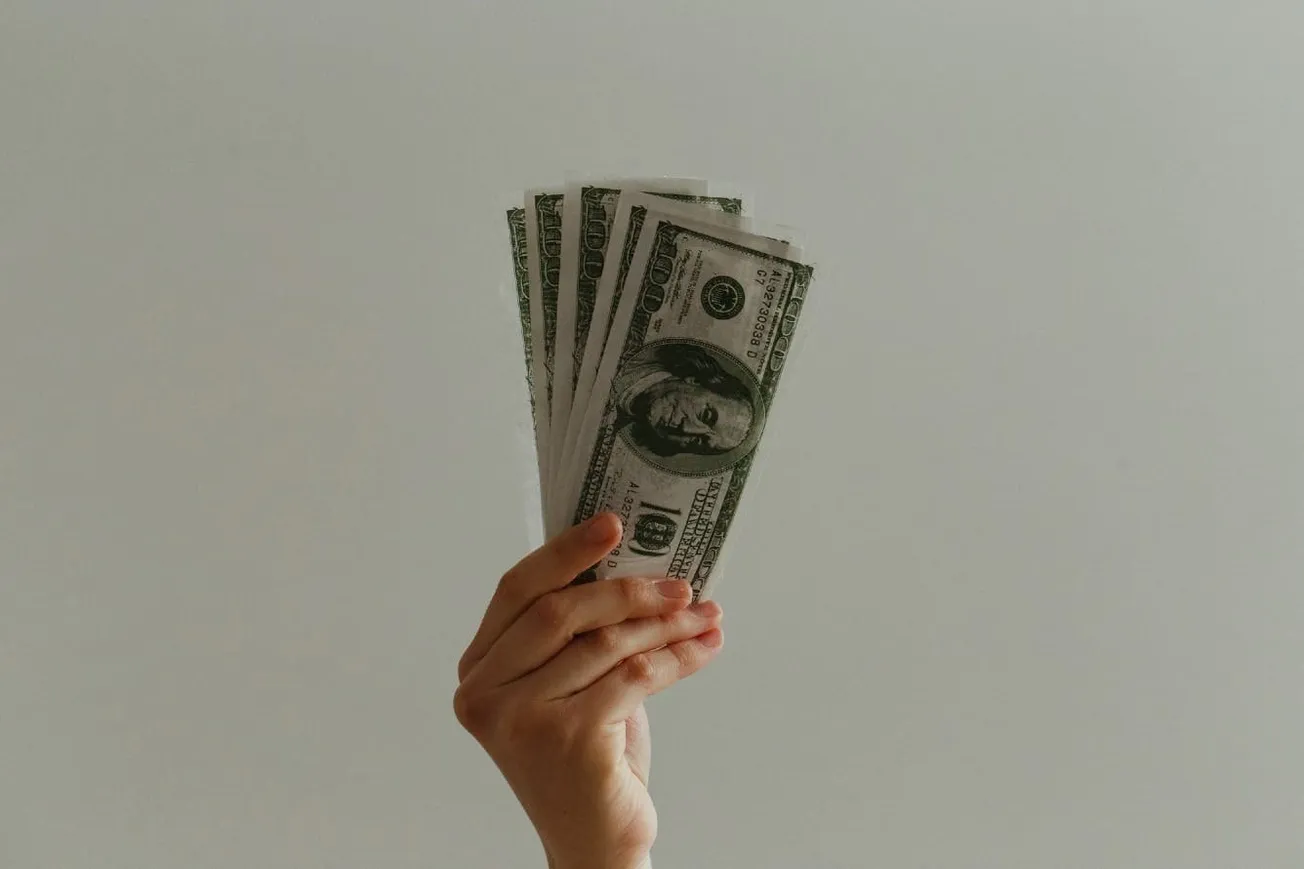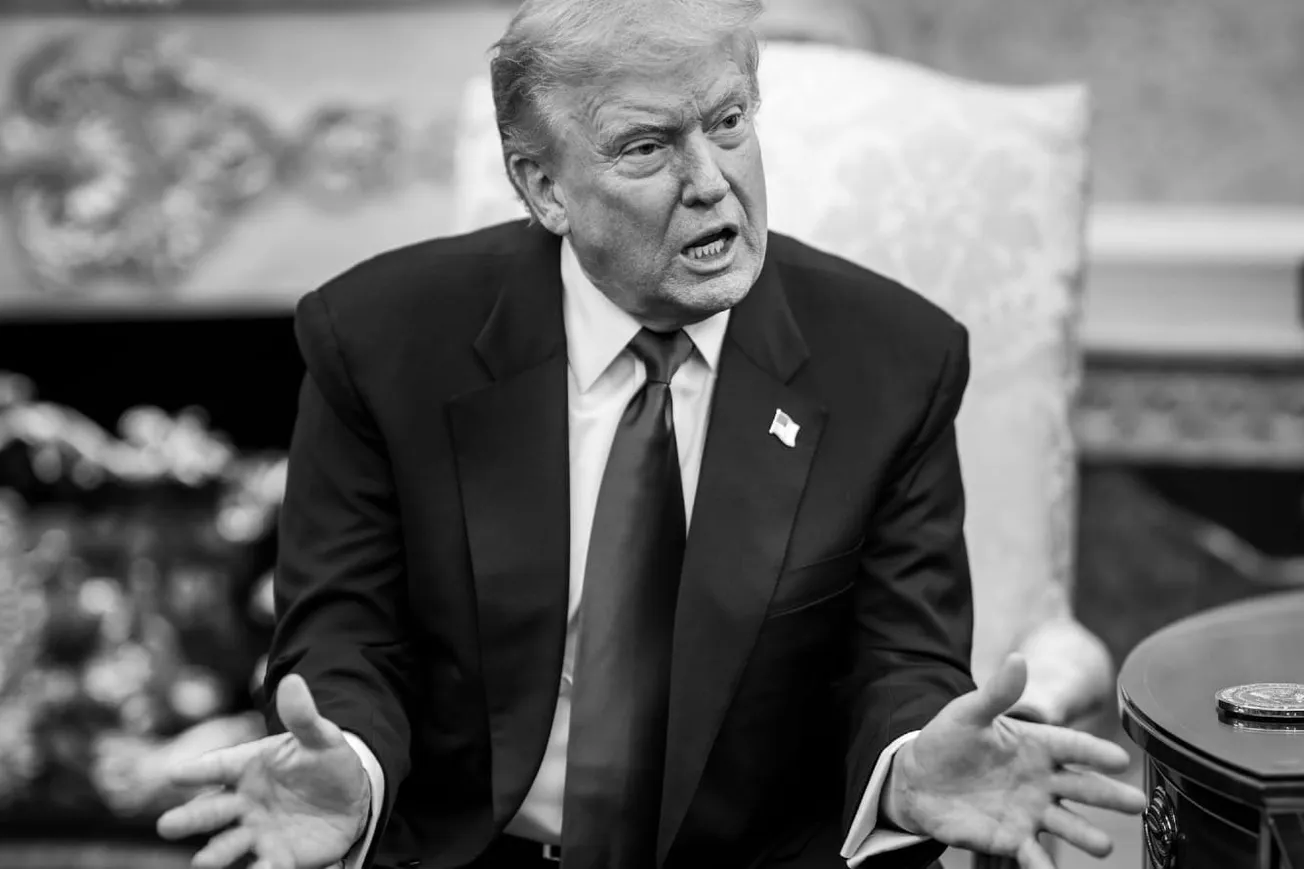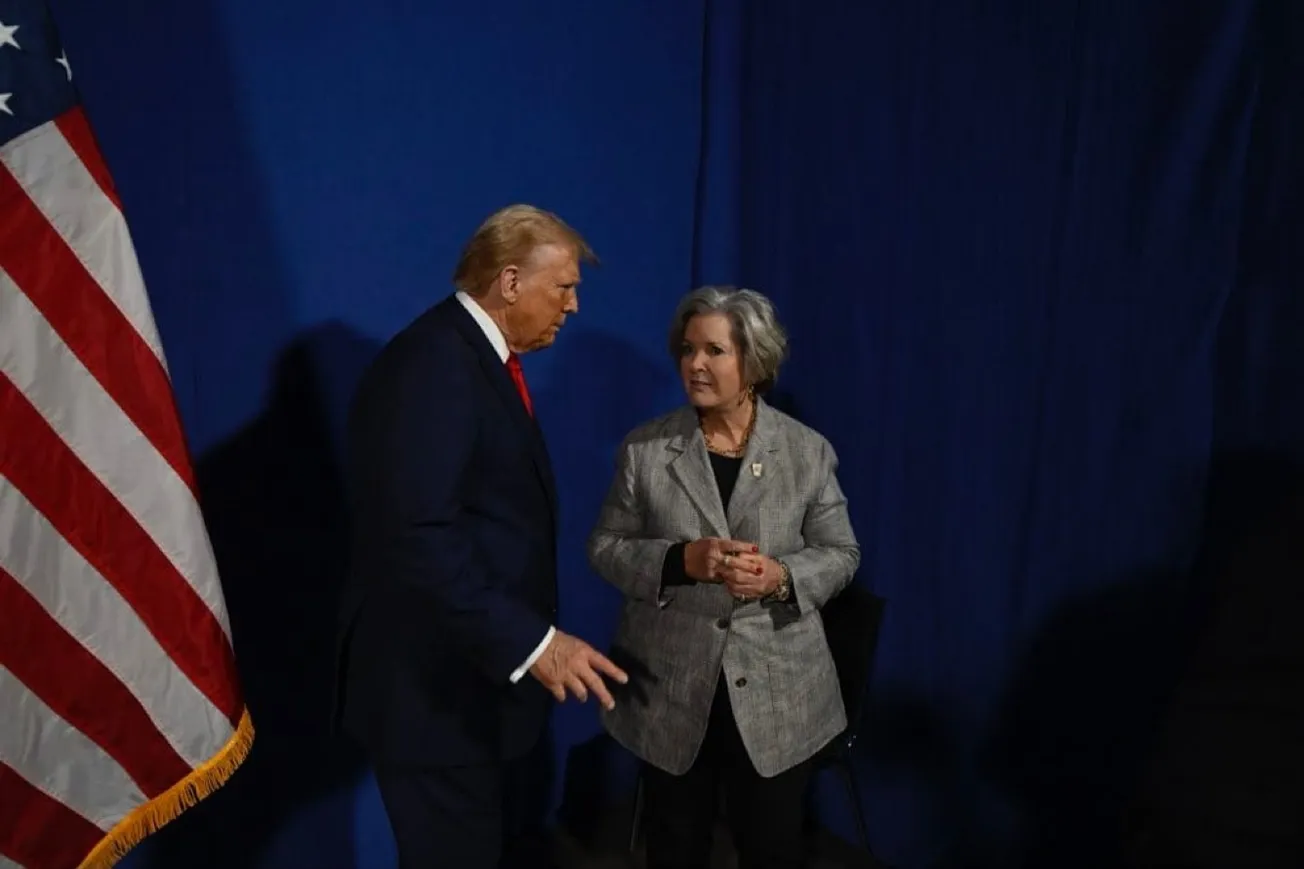By Joshua Mawhorter, Mises Wire | March 21, 2025
Much has been written recently on Trump’s statements regarding tariffs and even his idea to replace income tax with tariffs. Writings have tackled the economic destructiveness of tariffs, how they raise increase costs, how they affect capital goods, how they are protective and a limitation of competition for special interests, how a choice must be made between revenue from tariffs and protecting American jobs, etc. This is nothing new for Mises.org, in fact, Austrian economists and other fellow travelers have held the same positions on tariffs for centuries and “tariffs” have been one of the most popular searches on the Mises.org site for the last several months.
This article on tariffs will focus in on a simple, but insightful, point made recently by Connor O’Keeffe regarding replacing the income tax with tariffs,
Because of how unfathomably damaging the income tax is, it could certainly be the case that a tariff-only tax system would be less destructive than what we have today. But just as with government spending, in Washington, it is much harder to eliminate a tax than it is to add a new one. Without a heavy emphasis on gathering the public, congressional, bureaucratic, and legal support to abolish the income tax, the far likelier outcome of Trump’s interest in tariffs is a system where the income tax remains in place, and tariffs are added on top of it. (emphasis added)
This quote reminded me of an important point made by Frank Chodorov in his excellent The Income Tax: Root of All Evil (which Connor referenced). While it would be great to get rid of the income tax, even if we still had tariffs, we will probably end up with both income tax and tariffs.
Chodorov was part of the anti-New Deal Old Right and wrote this book in the 1950s, which was dedicated to Albert J. Nock. In his book, he details some of the history leading up to the adoption of the 16th Amendment and income tax in the United States. The situation from 1890-1913—which Trump admires—was sort of a mirror image of what is being proposed today: they had tariffs and many believed that income tax would replace tariffs. Instead, they got both. Chodorov’s words provide us with some much-needed wisdom.
The temporary income tax of the Civil War was scheduled to end in 1870, but was extended to 1872. While there were benefits of relatively low taxes and greater industrial production, the government monetary inflation and cronyism brought some instability during this period, which helped prepare the populace for the “reform” of the Fed. This instability—plus tariffs hitting farmers harder, plus the envy and class warfare of socialist doctrines, plus the labor union movement and beginning of the Progressive movement—created a ripe environment for resentment. Unfortunately, this resentment, as it often does, led to calls for more power and money to the government in the name of equalizing different groups.
Chodorov frankly acknowledges what had been a complaint throughout the 1800s, “The plight of these farmers was made worse by the protective-tariff policy of the government.” This was true enough, as was the recognition of cronyism, especially for railroad companies. In this context, many began to call for an income tax against the “rich” (presumably instead of tariffs). Chodorov explains,
So, during the latter part of the nineteenth century, Americans took to the class-war doctrine recently imported by the socialists; here was a plausible cause of all their misfortunes, a logical scapegoat for their dissatisfaction. And the words that hung on the lips of the country were “plutocracy” and “robber barons” and “bloated rich” and “money bags,” with suitable overtones. Also, since the opulence of the country was concentrated in the East, sectionalism added fire to the class-war doctrine, and “Wall Street” became the ultimate cause of all the economic ills of the country.
Like many throughout history who neglect the coherence of libertarian caste analysis, many Americans sought government growth. The obvious non sequitur should have been noticed. Why would giving the government more power and money be the solution? Obviously, people assumed then as they do today, that other people will be taxed and burdened, that they will not, and/or that if the government taxes other people, they will receive some of it. Historically, this is not the case. The political class—those responsible for the inflationary booms and deflationary busts, tariffs, and cronyism—are supposed to solve the problems if they only receive more money and power. Chodorov explains what the appeal of income tax was,
Income taxation appeals to the governing class because in its everlasting urgency for power it needs money.
Income taxation appeals to the mass of people because it gives expression to their envy; it salves their sense of hurt. (emphasis in original)
While the political class ought to be held to the highest accountability, the masses who support them in the hope that they will benefit deserve blame too. “Envy” is a key word here. It is not the same as greed, jealousy, or covetousness, envy has to do with willingness to see something destroyed for others because it cannot be possessed. Envy is key to socialism because it is a system that can only destroy wealth and production, not create it. Through envy, the masses empower the political class, thinking they will somehow benefit. Chodorov starkly reminds us,
The only beneficiaries of income taxation are the politicians, for it not only gives them the means by which they can increase their emoluments but it also enables them to improve their importance.
Another unjustified assumption in the push for the income tax was that the income tax would replace the tariff. People rightly recognized that tariffs fell harder on certain populations and certain regions and were protectionist special privileges for certain businesses against foreign competition (at the expense of Americans), but the government significantly depended on tariffs for revenue, therefore, “the Populists were prepared with their cherished ‘soak the rich’ proposal, the income tax.”
Americans saw tariffs and income tax as an either/or trade-off, but it would shortly be revealed as a both/and—tariffs and income tax. An 1894 bill and several income tax bills introduced afterward “linked tariff reduction with income taxation.” This connection was a fiction. Chodorov explains, “Not until the constitutional amendment was passed by Congress was the fiction dropped that tariff reduction and income taxation are related.” Wisely, Chodorov reiterated a principle we would do well to remember, “[Government] never gives up power; it never abdicates.” We could argue that people should have known better back then, but they could argue that we should know better now. Chodorov argued from experience too,
Hence, the idea that the government would give up tariff revenue in exchange for income-tax revenue was contrary to all experience. It promised to make the swap, and perhaps its leaders believed the promise, but the nature of government is such that it cannot give up one power for another; not permanently, at any rate.
What actually took place following the 16th Amendment?
Despite expectations, “The historic fact is that tariffs rose higher than ever after income taxation was ultimately constitutionalized.” Chodorov develops this point in a footnote,
The Fordney-McCumber Tariff Act of 1922 (with an average ad valorem rate of 33.22 percent) restored the high protective tariff of pre-income-tax days. Ironically, the agricultural bloc of the Middle West and the South that had fought for the income tax, to enable a reduction in tariffs, joined with their erstwhile opponents to enact this bill. The highest tariff schedule in American history, with an average ad valorem rate of 40.08 percent, was passed in 1930. It was the Hawley-Smoot Tariff Act.
Following the revolution of 1913—also a chapter title in the book—Americans now had the Federal Reserve to tax via inflation (and cause boom-bust cycles), income taxes, and tariffs. The Smoot-Hawley Tariff greatly exacerbated the Great Depression—cutting off much foreign trade, leading to retaliatory tariffs from other countries, and increasing costs of capital and consumer goods in the US. All taxes affect social time preference, push toward high time preference, affect saving, investment, consumption, and distort the price and production structure, but different types of taxes can have different distortionary effects, especially considering a combination of taxes. Further, once a tax is in place, it is almost impossible to remove. Those who thought they would escape the income tax because they were not “rich” soon realized that their paychecks would prove too tempting for the political class to resist,
The income-tax rates kept climbing, and the exemptions kept declining; the mesh of the dragnet was made finer and finer so that more fish could be caught. At first it was the incomes of corporations, then of rich citizens, then of well-provided widows and opulent workers, and finally the wealth of housemaids and the tips of waitresses….
The poor, simply because there are more of them, have more ability to pay than the rich…. The government could not for long overlook this rich mine. (emphasis in original)
While we can hope for and applaud the elimination of any tax, we should be skeptical whenever any politician tells us they are going to add a tax to replace another. It is easy to forget that there is another option, much more attractive and easy for the political class: add another tax to existing taxes, keeping both. We should advocate a further option: get rid of income taxes and tariffs and don’t add other ones (and end the Fed).
Joshua Mawhorter is assistant editor of Mises.org. He was a summer fellow at the Mises Institute (2023) and a government/economics and US history teacher since 2016. Josh has a bachelor’s degree in political science from California State University, Bakersfield, a master’s in political science from Southern New Hampshire University, and a master’s in Austrian economics from the Mises Graduate School (2023).
Original article link









